Hydrophobic Hot Cocoa
Approximate time to complete: 5-10 minutes + questions and journal time
Approximate time to complete: 5-10 minutes + questions and journal time
Click below to download and print this experiment card:
This experiment is an exciting way to dive deeper into some of the chemistry and physics principles you learned in Combining and Separating … and it’s tasty too!
You’ll Learn
Pre-Activity Questions
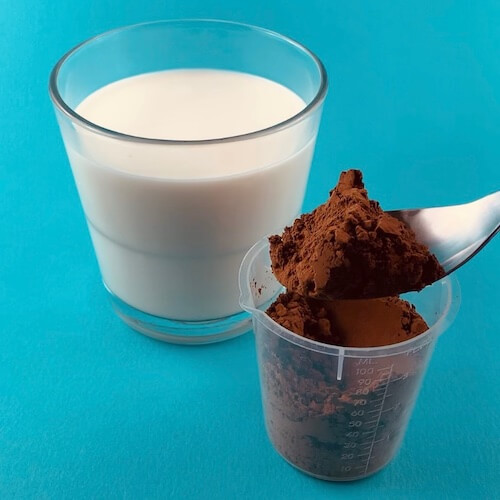
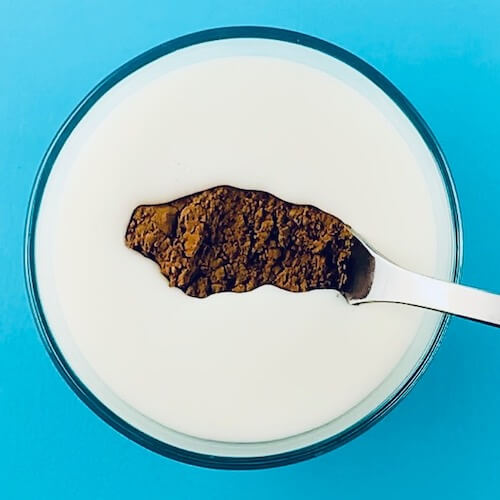
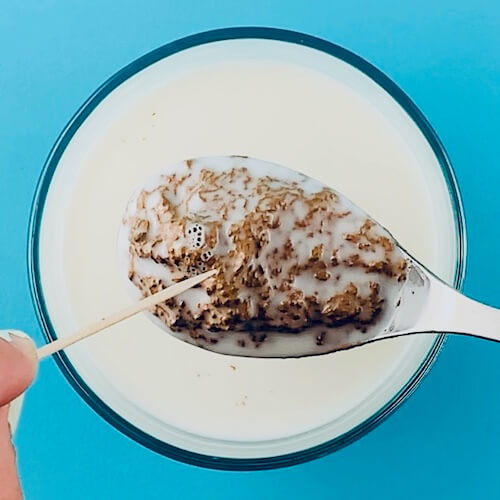
Optional Extension
We know particles have different properties at different temperatures. How would heat affect the outcome of this experiment? Try heating up your milk and then trying the experiment again. Try mixing cocoa powder with cold milk, and then warm milk. Does cocoa powder mix more easily with cold milk or warm milk?
The cocoa powder should have been covered with milk:
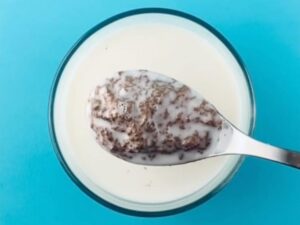
The milk should have quickly fallen off of the cocoa powder:
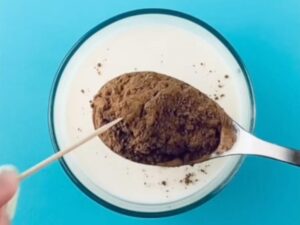
The combination is a suspension – like the water and chalk powder (CaCO3) you saw in the video: Combining Particles.
In this lesson, we talk about how some particles like each other and stay close together, some particles might touch each other if they are close but can be easily pulled apart, and some particles will do anything they can to make sure they stay away from each other.
When a substance WANTS to be near water molecules, we call it hydrophilic, meaning water-loving. When a substance does NOT WANT to be near water molecules, we call it hydrophobic, meaning water-repelling.
Can you think of a substance that is hydrophobic? You may have seen one in The First Great Lesson.
Oil! Oil and water do not mix. Oil repels water. Oil is hydrophobic. The fat molecules inside cocoa powder are hydrophobic too. They repel water.
On the other hand, the starch molecules are hydrophilic. They love water.
Milk is mostly water, so the same rules are true for milk.
When you dunk the cocoa powder in milk, the starch molecules quickly absorb the milk. At the same time, the fat molecules stop the milk from getting any further than the surface. This creates a shell of milk around the outside of the cocoa powder.
When you poke it with a toothpick, you break the shell’s surface tension. The milk rolls off the cocoa powder, and back down into the cup.
Are you interested in seeing what Montessori Laboratory’s big-picture lessons, hands-on experiments, and engaging science activities are all about? Check out the free lessons below!
Want more lessons like these ones? Get access to all of our lessons with a Montessori Laboratory membership!